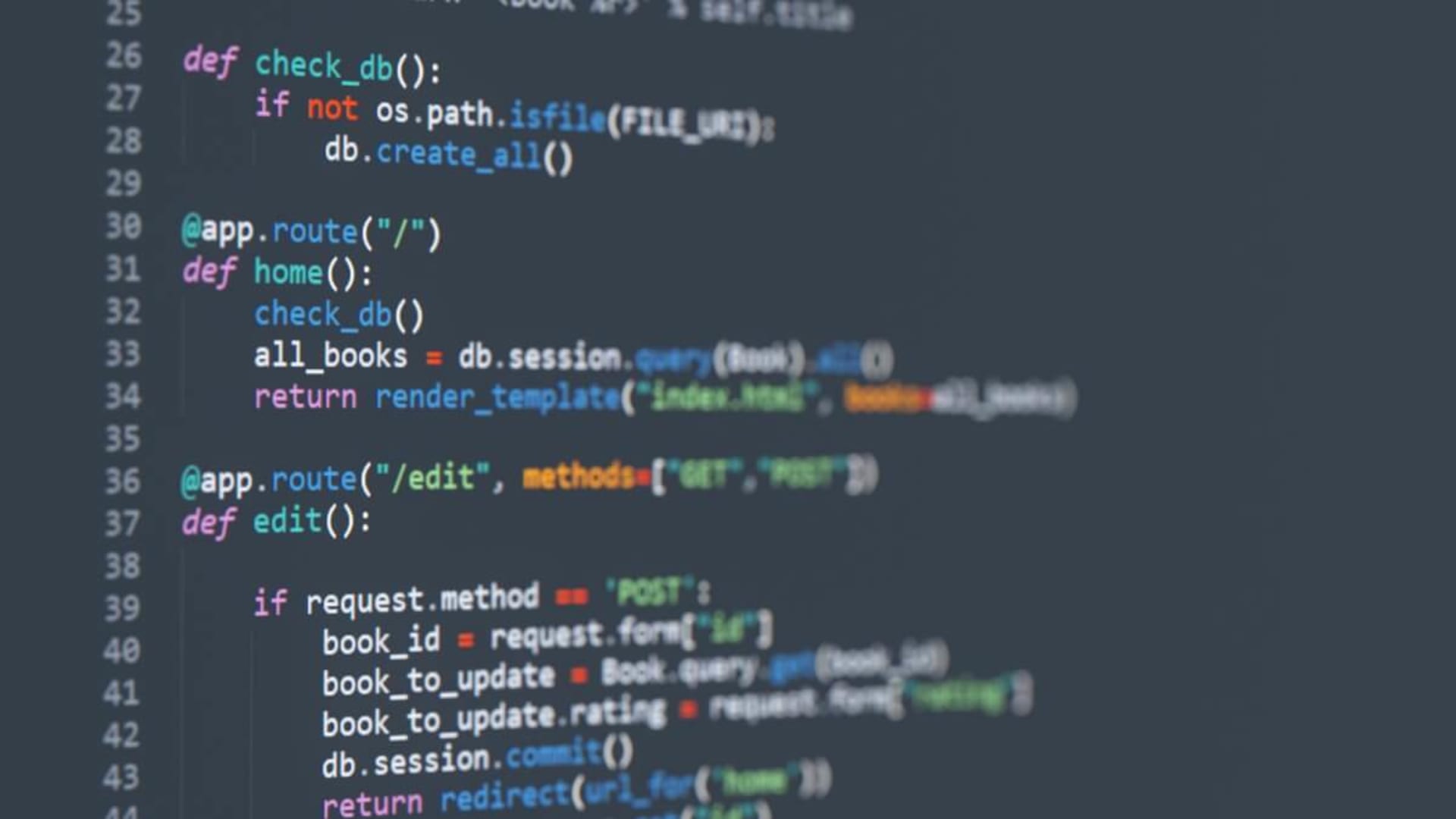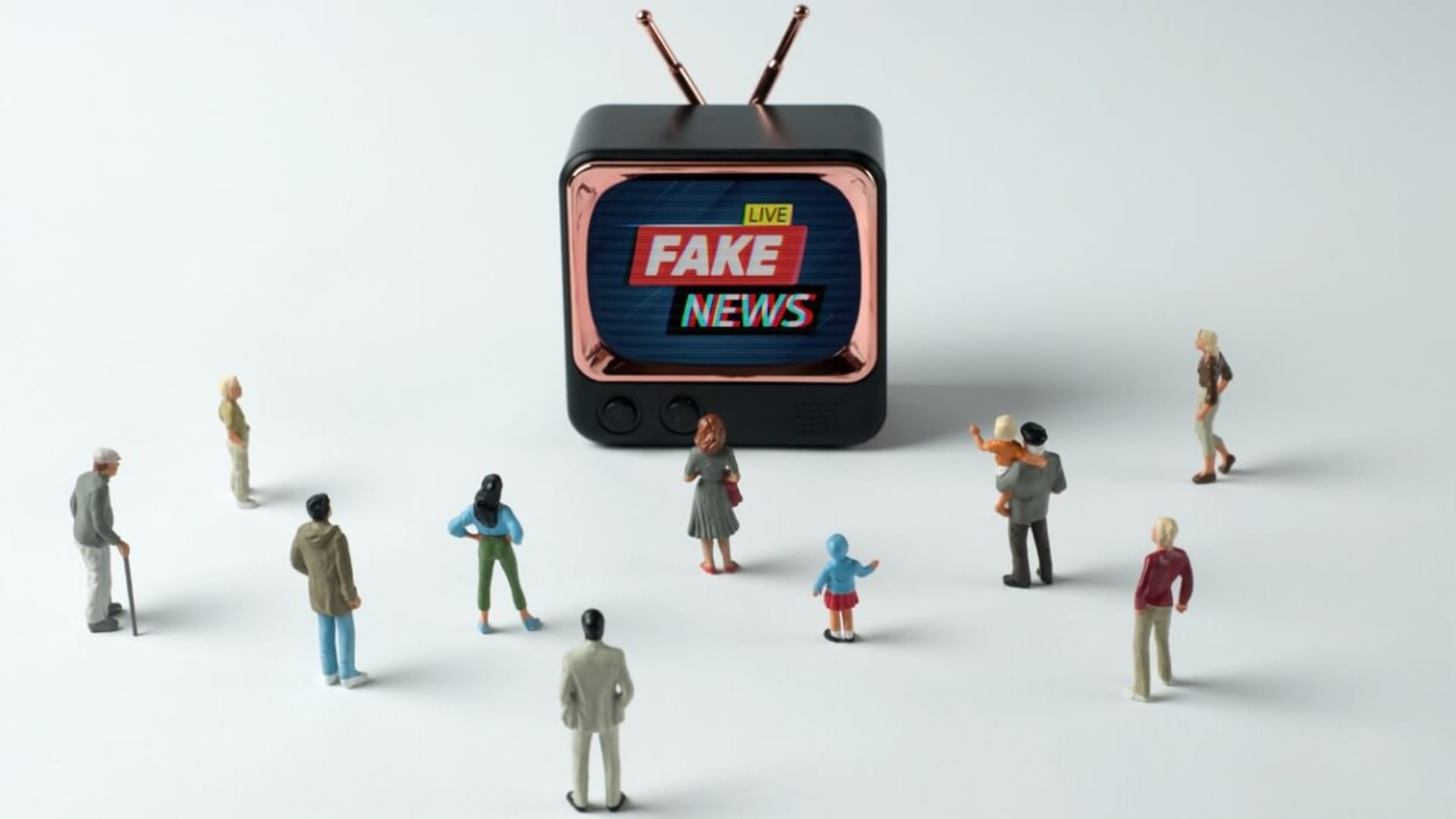The rapid evolution of image synthesis technology is having a big impact on the world of visual art. A new model called Stable Diffusion allows anyone with a decent computer and GPU to generate almost any kind of image they can imagine. This has implications for the sense of history and the way we create visual media.
Image generation is a fascinating area of artificial intelligence (AI) research that is rapidly evolving. In the past few years, there have been significant advances in the ability of AI systems to generate realistic images, and this technology is now being used in a variety of applications.
Stability AI and their collaborators released Stable Diffusion in 2022, a text-to-image model that can run on consumer GPUs (with an Nvidia chipset). This model builds upon the work of the team at CompVis and Runway in their widely used latent diffusion model combined with insights from other models.
The core data set was trained on LAION-Aesthetics, a subset of LAION 5B. It runs on under 10 GB of VRAM and generates images at 512×512 pixels in a few seconds. Over 10,000 beta testers have been testing the model, creating 1.7 million images a day. The primary goal of the project is to set new standards of collaboration and reproducibility for the models they create and support.
Stable Diffusion is hardly the only solution on the market, but in comparison to other offers like OpenAI’s DALL-E or Midjourney, the whole project is open source—not just the code, but the actual weights behind the model (we’ll talk a bit about what that is later). What this means is that it is publicly available for anyone to download and play around with.
Open source also means that Stable Diffusion is free to use and is not constrained by the limitations of commercial solutions. For example, DALL-E blocks certain keywords that could create obscene or violent images, with no such issue with Stable Diffusion (although the ethical implications have to be taken into account).
What’s the underlying technology behind Stable Diffusion? And how can we implement it for image generation and other applications within our business?
An Introduction to Generative Adversarial Networks
Generative adversarial networks (GANs) are a type of AI algorithm that are used to generate new data samples from a given distribution. GANs were invented by Ian Goodfellow et al. in 2014 and have since been used for a variety of tasks such as image generation, text generation, and voice synthesis. GANs are composed of two neural networks: a generator and a discriminator.
The generator network is responsible for generating new data samples, while the discriminator network is responsible for distinguishing between real and generated data samples. The two networks are trained together in a zero-sum game, where the goal of the generator is to fool the discriminator into thinking that the generated data is real, and the goal of the discriminator is to correctly classify the data as either real or generated.
As the training progresses, the generator network learns to generate data that is increasingly realistic, while the discriminator network becomes better at distinguishing between real and generated data. The result is a model that can generate new data samples that are indistinguishable from real data samples. In each case, the goal is to generate new data samples that are realistic and diverse.
GANs have been used for a variety of tasks, such as image generation, text generation, and voice synthesis. Image generation is a task that has been traditionally difficult for machine learning algorithms. GANs, however, are well suited for this task due to their ability to generate realistic images.
One of the benefits of using AI for image generation is that it can be used to create images that are not possible to create with traditional methods. For example, GANs have been used to generate images of people who do not exist, by combining features from different people. This can be used to create images of people for whom there is no real-world data available, such as people from history or fictional characters.
GANs have also been used to generate images of objects that do not exist in the real world. This can be used to create images for product design or to create images for use in computer vision applications. The ability to generate realistic images has several implications for the tech industry. One is that it could be used to create more realistic synthetic data sets for training machine learning models.
This would allow for the development of models that are more accurate and generalizable, as they would be trained on data that is more representative of the real world. Another implication is that image generation could be used to create images for use in marketing or advertising.
What Are Weights in Machine Learning?
Weight in a neural network is a numerical value that determines the strength of the connection between two neurons. Weights are used to adjust the output of a neuron based on the input it receives from other neurons. In a neural network, weights are adjusted during the training process to optimize the performance of the network.
Weights are typically represented as a matrix, with each row representing the weights for a single neuron and each column representing the weights for all neurons connected to it. The values in the matrix can range from -1 to 1, with negative values indicating an inhibitory connection and positive values indicating an excitatory connection.
The weights in a neural network are adjusted using a technique called backpropagation. This involves calculating the error between the actual output of the network and the desired output, then adjusting the weights accordingly. This process is repeated until the network can accurately predict the desired output. The weights in a neural network are an important factor in determining its performance. If the weights are too small, the network may not be able to learn complex patterns.
On the other hand, if the weights are too large, the network may become unstable and unable to generalize to new data. It is therefore important to find the optimal weights for a given task. In summary, weight in a neural network is a numerical value that estimates the relationship between two variables (or, as mentioned before, between neurons).
Weights are adjusted during the training process to optimize the performance of the network. Finding the optimal weights is an important factor in determining the performance of a neural network.
As you might’ve already inferred, weights are the product of training a model, with all the computational power that entails. Neural networks are well known for their cost-prohibitive demand of processing power, which is why gaming graphics cards are often used to facilitate the process.
In other words, Stable Diffusion freely gives away all that computational cost. Since you have direct access to the weight, you have complete control over the model, unlike most commercial solutions that only allow for outputs and, at the best of cases, fine-tuning a custom model (and as far as we are aware, that is not even an option for image generation models).
That’s one of the core benefits of being open source, and we can’t talk about Stable Diffusion without exploring just how significant open source is.
Understanding Open Source
The open-source movement is a social, political, and philosophical movement that aims to promote the free distribution and access to software, information, and knowledge. The open-source movement is also sometimes referred to as the free software movement, the libre software movement, or the hacker culture.
The open-source movement has its roots in the free software movement, which was started in the 1980s by computer scientist Richard Stallman. The free software movement was motivated by the ethical belief that software should be free as in freedom, not just free as in price. In other words, Stallman believed that software should be available for anyone to use, study, modify and redistribute, without restriction.
The open-source movement took these same principles and applied them to all aspects of software development, not just the software itself. This includes things like the way software is developed (the process), the documentation, and the user interface. The open-source movement has had a profound impact on the software development industry.
One of the most notable impacts is the way it has changed the way software is developed and distributed. Traditionally, software was developed by large companies, who would then sell it to customers. The open-source model reverses this process, with software being developed by anyone who wants to contribute, and then distributed for free.
This has led to a more collaborative and decentralized approach to software development, with many different people working together to create software. It has also made software development more accessible, as anyone can get involved without needing to invest in expensive software development tools.
The open-source model has also had a major impact on the way software is licensed. Traditionally, software was licensed under proprietary licenses, which restricted what users could do with the software. The open-source model uses a variety of different licenses, which allow users to do things like modify and redistribute the software.
This has led to a more flexible approach to licensing and has allowed for the creation of several different types of open-source licenses. The most popular open-source license is the GNU General Public License (GPL), which is used by a large number of open-source projects, including the Linux operating system.
As for Stable Diffusion, it has been released under the CreativeML Open RAIL M License, which is a free open-source software license that allows users to freely use, modify, and redistribute the software.
It requires that any modifications or derivative works be released under the same license and that any redistribution of the software includes the original copyright and license notices. The license also requires that any software distributed under it must include a copy of the license itself. Additionally, the license prohibits the use of the software for any illegal purpose.
The implication is that if you choose to use a model under this license, whatever product you release must be under the same terms of the license. That’s what some folks call infectious licenses, since they are automatically attached to every implementation of the code.
Aside from licensing issues, open source-projects have their fair share of problems. The following are just some of the issues that users might face while employing Stable Diffusion:
- Lack of product support: Open-source solutions usually lack a formal support system, making it difficult to get help if you run into problems.
- Security risks: Open-source solutions may be vulnerable to malicious code, malware, and other security threats.
- Complex setup: Open-source solutions often require a more complex setup process, which can be overwhelming for those without a lot of technical experience.
- Compatibility issues: Depending on the open-source solution, compatibility issues can arise with other applications and hardware.
- Lack of integration: Open-source solutions may not be able to integrate with proprietary software or systems, making it difficult to get everything working together.
What Can We Use Stable Diffusion For?
Stable Diffusion (and similar GANs) have could be used for:
- Automated image generation for product catalogs: Stable Diffusion can be used to generate images of products for catalogs, eliminating the need for manual product photography.
- Automated logo design: Stable Diffusion can be used to generate logos for businesses, saving time and money on design costs.
- Automated image editing: Stable Diffusion can be used to automatically edit images, allowing businesses to quickly and easily make changes to existing images.
- Automated image retouching: Stable Diffusion can be used to automatically retouch images, allowing businesses to quickly and easily improve the quality of their images.
Automated image generation could be used to create more realistic and persuasive ads, or to create images that are more likely to be shared on social media, massively reducing the time and effort it takes to get similar results.
Finally, image generation could be used to create images for use in security applications. For example, GANs could be used to generate fake images of people or objects to test the security of facial recognition systems.
And that’s just the tip of the iceberg. One could only wonder how much the arts and humanities stand to gain by the implementation of AIs.
Overall, image generation is a powerful tool that is becoming increasingly important in the field of AI. It has a wide range of potential applications, and its implications for the tech industry are significant.
One of the most exciting applications of image generation is its use in creating realistic synthetic images for training and testing machine learning models. This is important because it allows for the creation of data sets that are much larger and more varied than what is available in the real world. It’s AI training itself. This is especially valuable for training deep learning models, which require large amounts of data to achieve good performance.
The Ethics of Image Generation
The ethical implications of image generation are far-reaching and complex. Image generation is a technology that has the potential to revolutionize the way we interact with images, but it also raises several ethical questions.
First, image generation has the potential to be misused. Image generation can be used to create false or misleading images, which can be used to manipulate public opinion or spread misinformation. For example, deepfakes are computer-generated videos that use AI to replace one person’s face with another’s. Deepfakes have been used to create fake news stories, spread false information, and even target individuals with malicious intent. This type of misuse of image generation technology has serious ethical implications.
Second, image generation has privacy implications. Image generation can be used to generate images of people without their consent, which can be used to invade their privacy. For example, facial recognition technology can be used to identify individuals in public places without their knowledge or consent. This type of technology raises serious ethical questions about the right to privacy and the potential for misuse.
Finally, image generation has the potential to shape our perception of reality. Computers can be used to create realistic-looking images that may not reflect reality. For example, computer-generated images can be used to create photorealistic images of people that do not exist. This type of technology has the potential to distort our perception of reality, as it can be used to create false or misleading images.
In conclusion, image generation has the potential to revolutionize the way we interact with images, but it also raises several ethical questions. Image generation has the potential to be misused, to invade people’s privacy, and to shape our perception of reality. As such, it is important to consider the ethical implications of image generation before using it.
Image Generations and You
Image generation with AI is intriguing for the future, not only as a tool for visual design but as an algorithm that could be refactored for other endeavors. While solutions like DALL-E give us a user-friendly path to image generation, Stable Diffusion is the solution that gives you the blueprints of the process itself.
It’s hard to judge which image generation AI is better (after all, art is subjective), but to be quite honest, with the price of free, Stable Diffusion is a fantastic solution that’s at least worth a look.
If you enjoyed this article, check out one of our other AI articles.
- The Hurdles of Implementing AI and Robotics in the Healthcare Industry
- Personalized Learning: How AI Is Shaping the Future of Education
- Maximizing the Business Value of Artificial Intelligence
- In the Age of AI, Can a Terminator Scenario Actually Happen?
- 5 Ways To Use AI To Improve Your Digital Transformation






